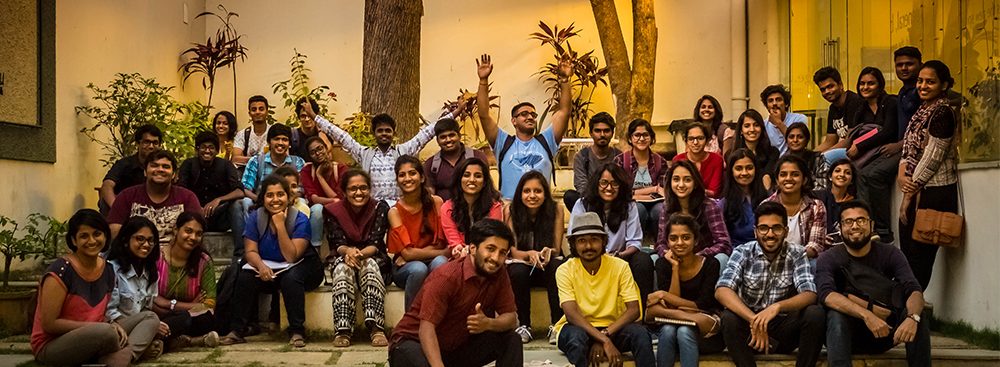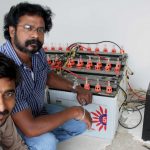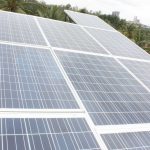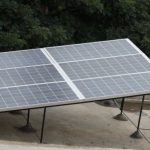Jagriti has installed photo voltaic (PV) panels to generate 2 kilowatts of electricity. The Sun will now power all our general lighting, fans and computers. Stage Lights (40+ kW), Air Conditioning (32 Tonnes), Hand Driers (1.8 kW each) will have to depend on BESCOM power.
2,000 watts will only make sense if lighting comes at a low wattage. This is where LEDs come into their own. 144 lamps of the filament and the CFL kind have been replaced with 3, 5, 7 and 18 watt bulbs and tubes (pic). Both the PV system and the LED luminaires are not cheap but will last at least 20 years. Electricity is not going to get cheaper or more plentiful.
A 1 watt LED is equivalent to 11 watts of the filament kind. So, 3 = 33, 5 = 55, 7 = 77 and 18 = 198 of the filament type! LEDs do not release heat, well, no where near the filament type which releases more heat than light. Come on, work it out! The light is caused by tungsten glowing at white heat! No wonder you have to bandage your hand before you change a fused light bulb. CFLs are about 5 times brighter per watt than the filament equivalent. But CFLs contain mercury which oozes out when the bulbs are discarded.
Those of you what attended our CLOSE ENCOUNTERS on Sundays will remember how we saluted our speakers with a memento of an LED bulb. We want to start a crusade. Stop gifting bouquets, garlands and potted plants, shawls, trophies and shields. Give an LED instead. Every time the lights is switched on you will come to mind for the next 20 years! Very soon (we hope) the recipient will not be able to tell which LED was presented by whom! And KPCL will be exporting power!
Jagriti has also procured a BOV – Battery Operated Vehicle (pic). for pottering around Whitefield and the trip into town every now and then. The KIMAYA has a range of 60 km with a top speed on 35-50 kmph depending on weight and if the light is ON or OFF. The batteries can be charged to FULL with 2 units of electricity. Domestic or Commercial tariff the cost works out to about 20 paise per kilometre. Here again, the battery will need replacing every 3 years or so. But you will never enter a petrol station again…well to inflate the tyres perhaps!
The energy produced by the Sun through the photo-voltaic panels is stored in six XX AH batteries each with an easy-to-read dial that indicates the level of charge.






